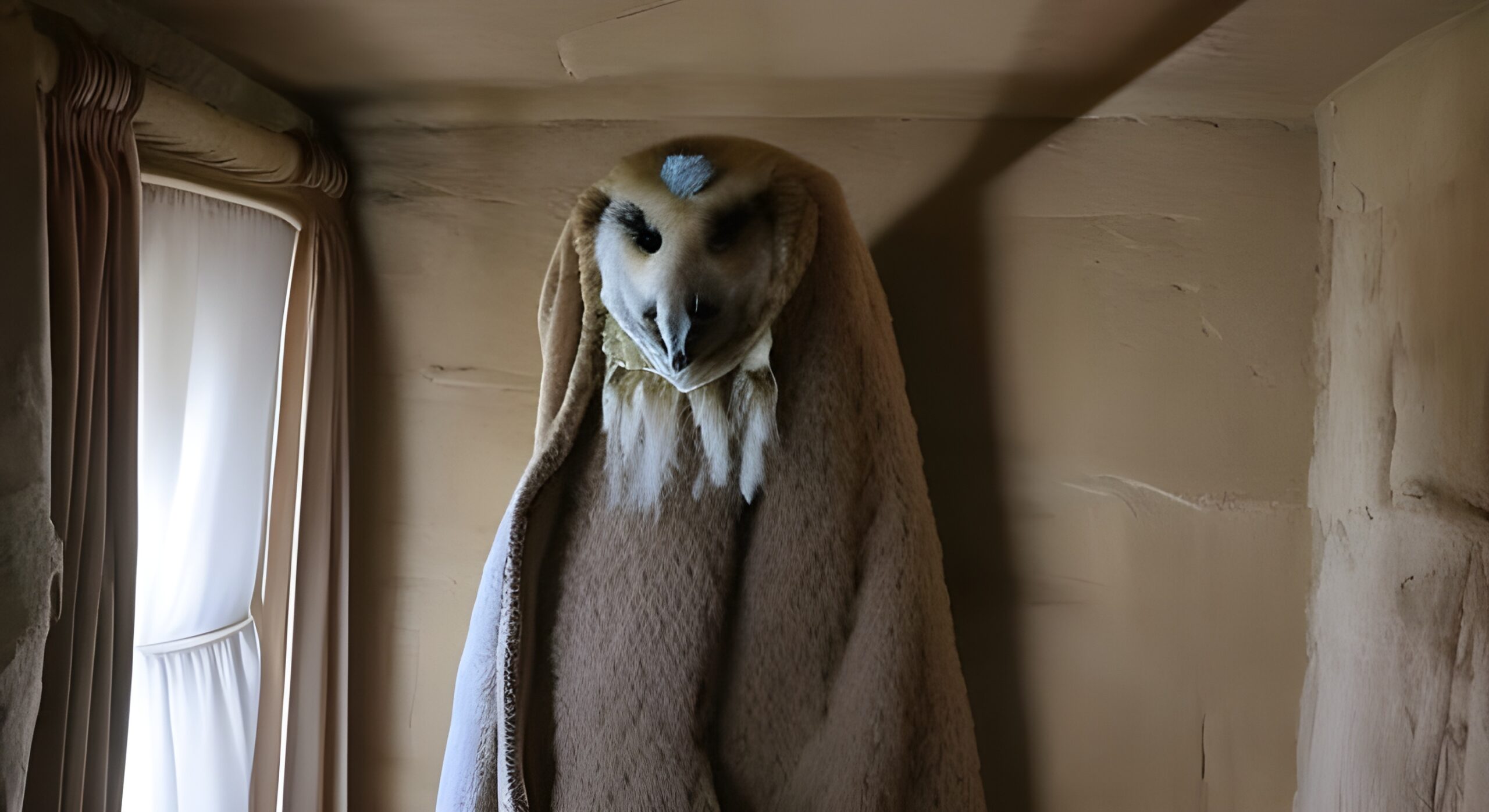The “wendigo” refers to a creature from the mythology of various Native American tribes, particularly those of the Algonquian language group.
The wendigo is often described as a malevolent, cannibalistic spirit associated with winter, coldness, and starvation.
According to legend, the wendigo is a human who has been transformed into a monstrous being as a result of cannibalism or a supernatural curse. It is said to have a skeletal frame, glowing eyes, long fangs, and an insatiable hunger for human flesh. The wendigo is also believed to possess supernatural powers, such as the ability to manipulate the weather, create illusions, and control the minds of its victims.
It’s important to note that the wendigo is a sacred and significant figure in Native American culture and should be treated with respect and understanding. In the Native American traditions, the wendigo is often depicted as a malevolent and cannibalistic spirit associated with winter, coldness, and starvation. It is said to prey on humans who are lost or stranded in the wilderness, and those who succumb to its influence may become cannibals themselves.
The legend of the wendigo serves as a cautionary tale about the dangers of greed and excess.
It is believed that the wendigo is often associated with hunters, who were traditionally seen as important providers for their communities but who also risked becoming obsessed with their pursuit of game and wealth. The wendigo represents the dark side of this pursuit, reminding people of the dangers of excess and the importance of moderation and respect for the natural world.
The wendigo is a complex and significant figure representing both the dangers of excess and the importance of balance and respect for the natural world.
The legend of the wendigo has been appropriated and incorporated into many modern horror stories, movies, and video games, adapted in various ways in for consumption in Western culture. Here are a few examples:
- Literature: The Wendigo has been featured in numerous works of Western literature, including Algernon Blackwood’s 1910 horror novella “The Wendigo,” in which a group of hunters in the Canadian wilderness encounter a malevolent spirit. The creature has also appeared in works by contemporary authors such as Stephen Graham Jones and Margaret Atwood.
- Film and Television: The Wendigo has been depicted in a number of horror films and TV shows, often as a supernatural creature that preys on humans in the wilderness. Examples include the horror movie “Ravenous” (1999) and the TV show “Supernatural,” which featured the creature in multiple episodes.
- Video Games: The Wendigo has been featured as a monster or boss in several video games, including “Until Dawn,” a horror game set in a remote mountain lodge where players must survive an attack by a pack of Wendigos.
- Comics: The Wendigo has been adapted in various comic book series, including Marvel Comics’ “The Incredible Hulk,” where the creature serves as a recurring enemy of the titular hero.
While some of these adaptations may draw inspiration from Native American mythology, they also represent a Western interpretation of the Wendigo and may not be fully accurate or respectful of the original cultural context.
Appropriation of Native American culture is a complex and controversial issue, and it is important to approach it with sensitivity and respect.


